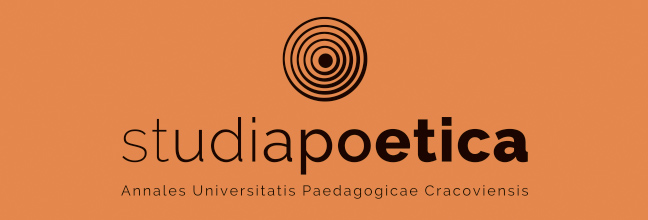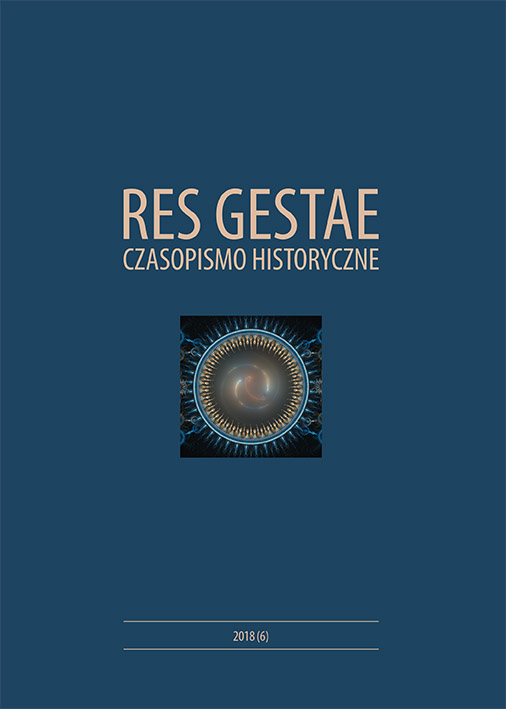Wielka strategia czy czy zbieg okoliczności? Kształtowanie się wschodniej granicy państwa karolińskiego w VIII–IX w. w Europie Środkowej
Main Article Content
Abstract
The article concerns the expansion of the Frankish border towards the East, its participation in the Frankish policy during the reign of Charlemagne and Ludwig the Pious and the role it played in the history and culture of Central Europe. The configuration of the eastern border was the result of a victory in the war with the Saxons. Its genesis had a strategic goal, which was to provide security to the main Carolingian centers of lay and church administration, located in the middle and lower valleys of the River Meuse and Skalda, and close to (about 100 km) Saxon territory. In the case of the second conflict, with emergency Awarian khaganate, its outburst was closely related to the Carolingian annexation of the Principality of Agilolfing (Bavaria). After their completion, at the beginning of the ninth century, the eastern border of the Carolingian monarchy ran from the estuary of the Elbe and the Baltic coast to the Adriatic and Balkans. By its nature it did not resemble the Roman limes, it was more a zone than the system of linear fortifications. Charlemagne and Louis the Pious were not able to build a permanent system of frontier countries that acted as a buffer protecting the territory of the Frankish state from the east. The collapse of the emergency khaganate and the neighborhood of the Carolingian monarchy became a catalyst for political and social changes among the Slavic tribes settled above all middle of Danube and Adriatic regions. In contemporary culture, we can see the fusion of the inheritance with impacts from the territory of the Carolingian state (Bavaria, Italy, Saxony, Central Germany) and also from Byzantium.
Article Details
How to Cite
Polek, K. (2018). Wielka strategia czy czy zbieg okoliczności? Kształtowanie się wschodniej granicy państwa karolińskiego w VIII–IX w. w Europie Środkowej. Res Gestae. Historical Journal, 6, 5–54. Retrieved from https://resgestae.uken.krakow.pl/article/view/4678
Section
Articles
|

